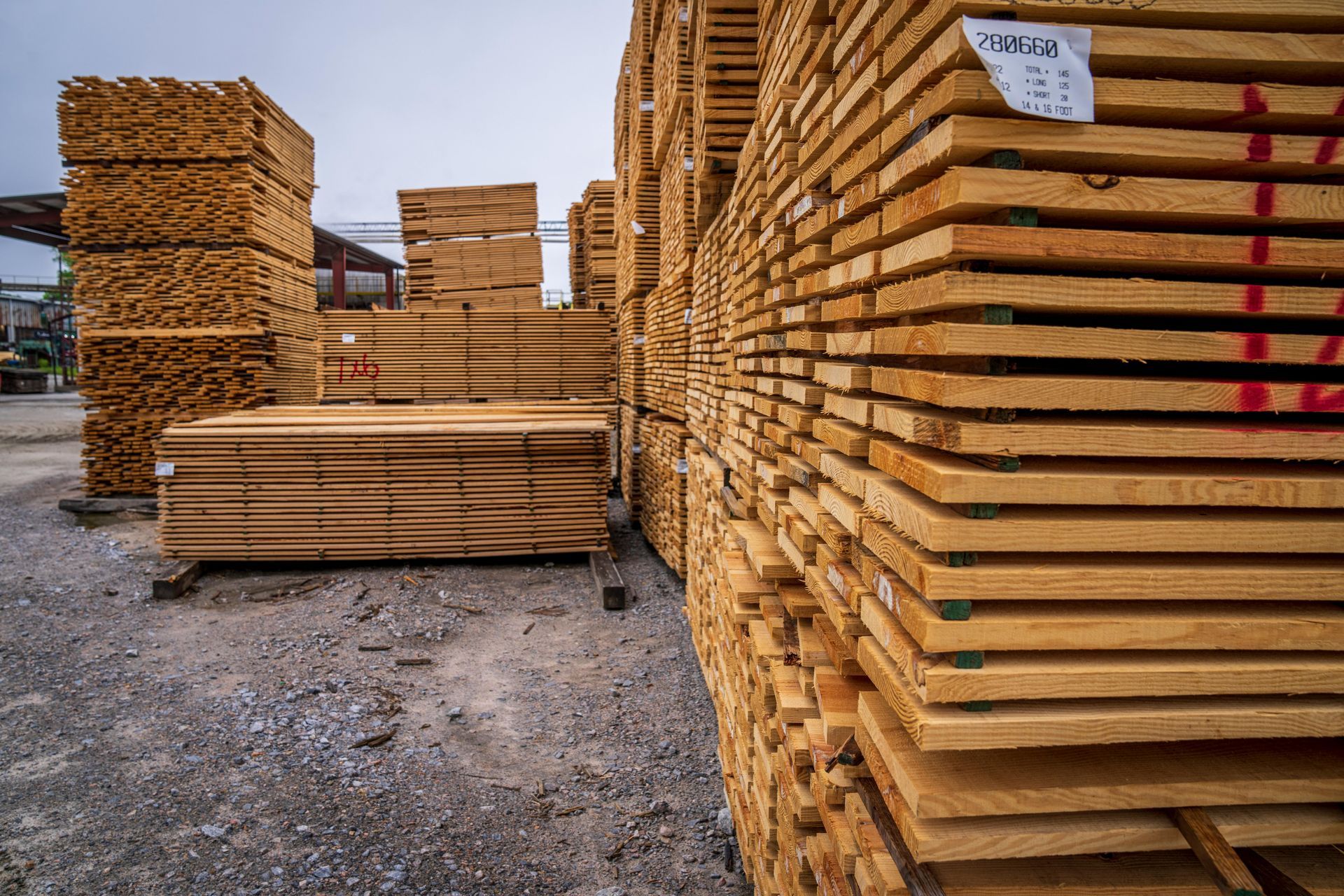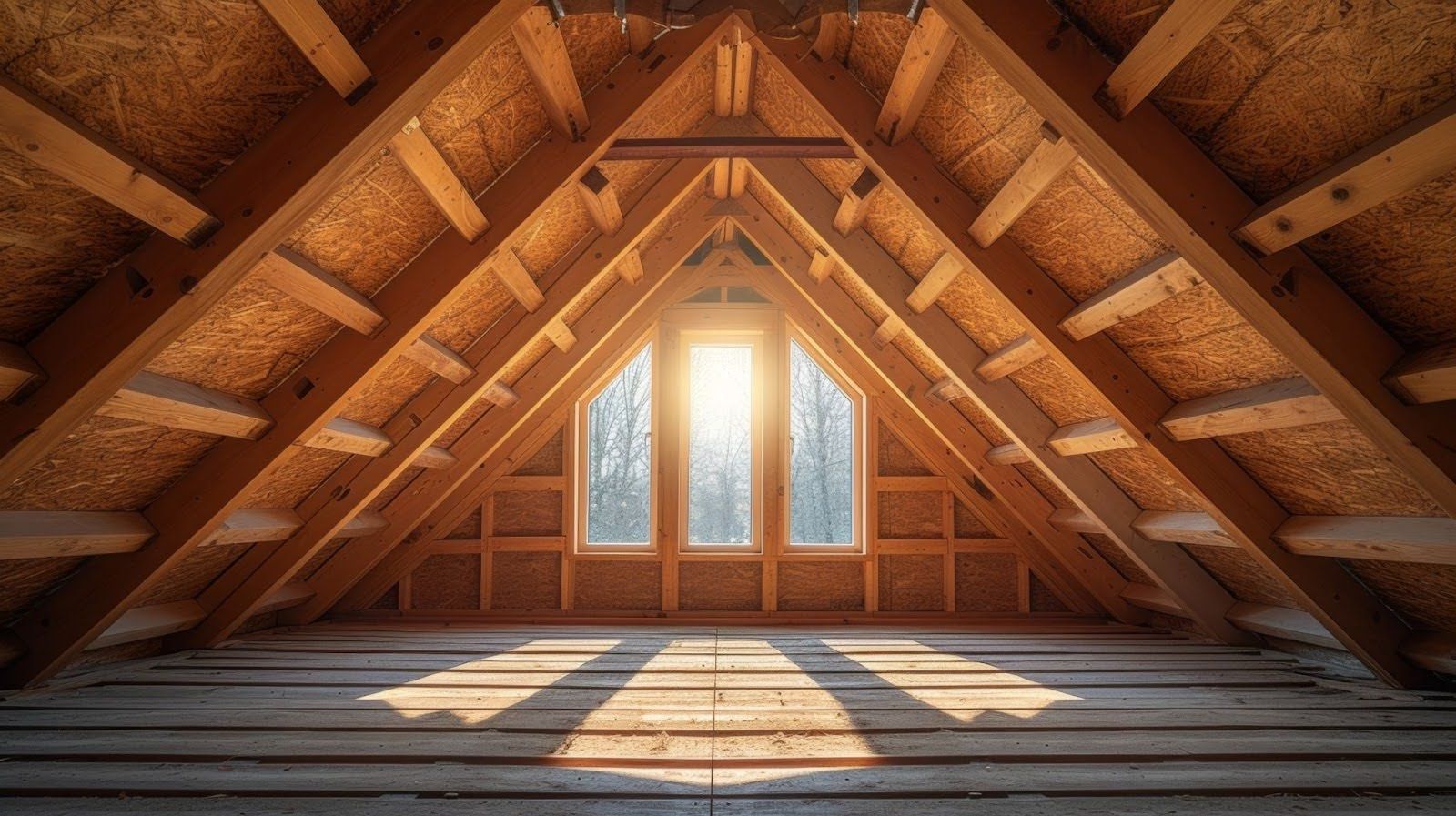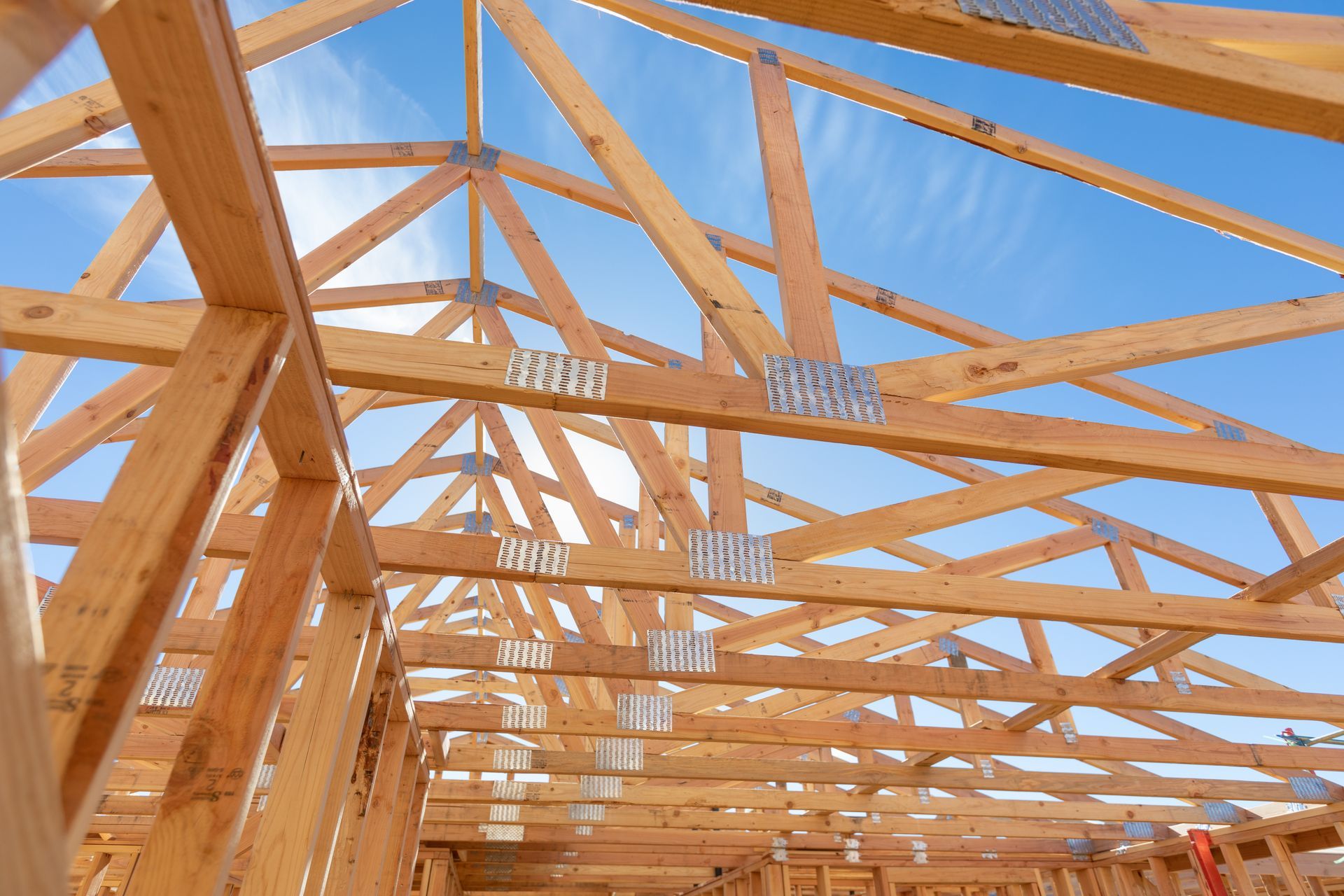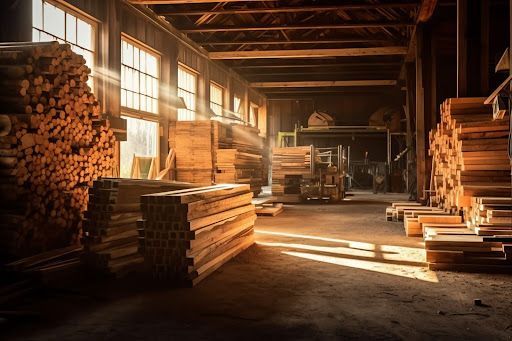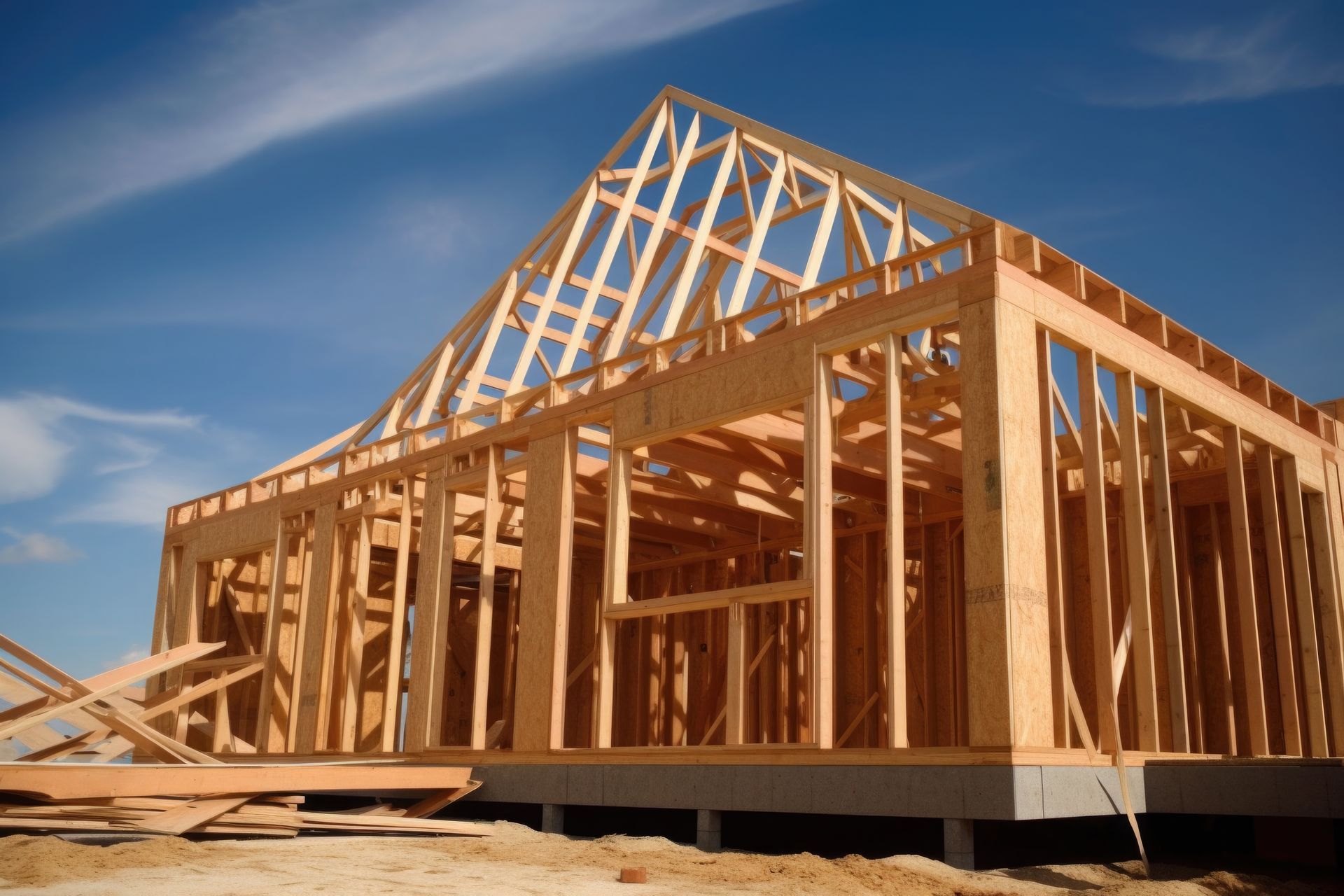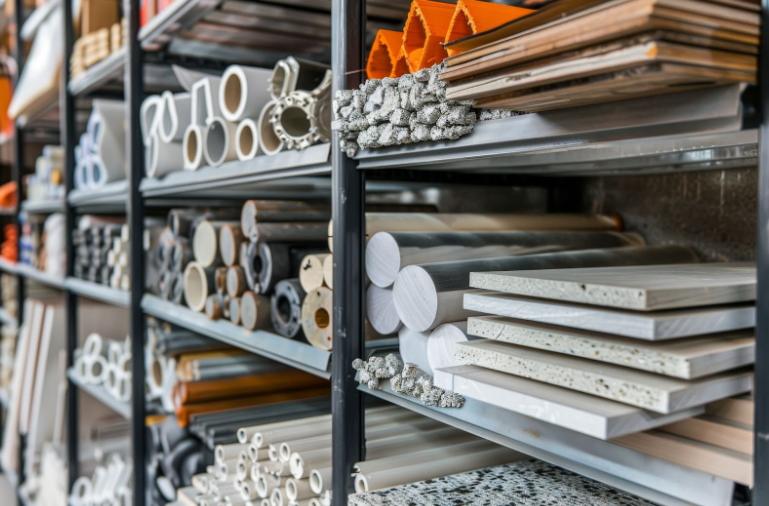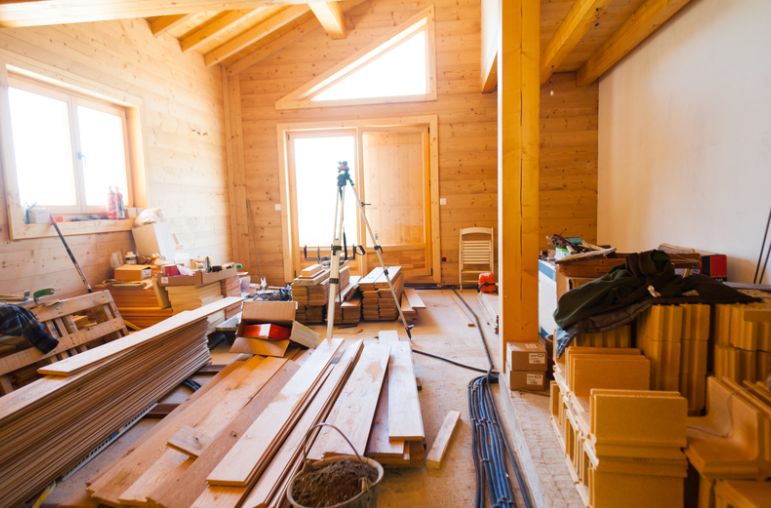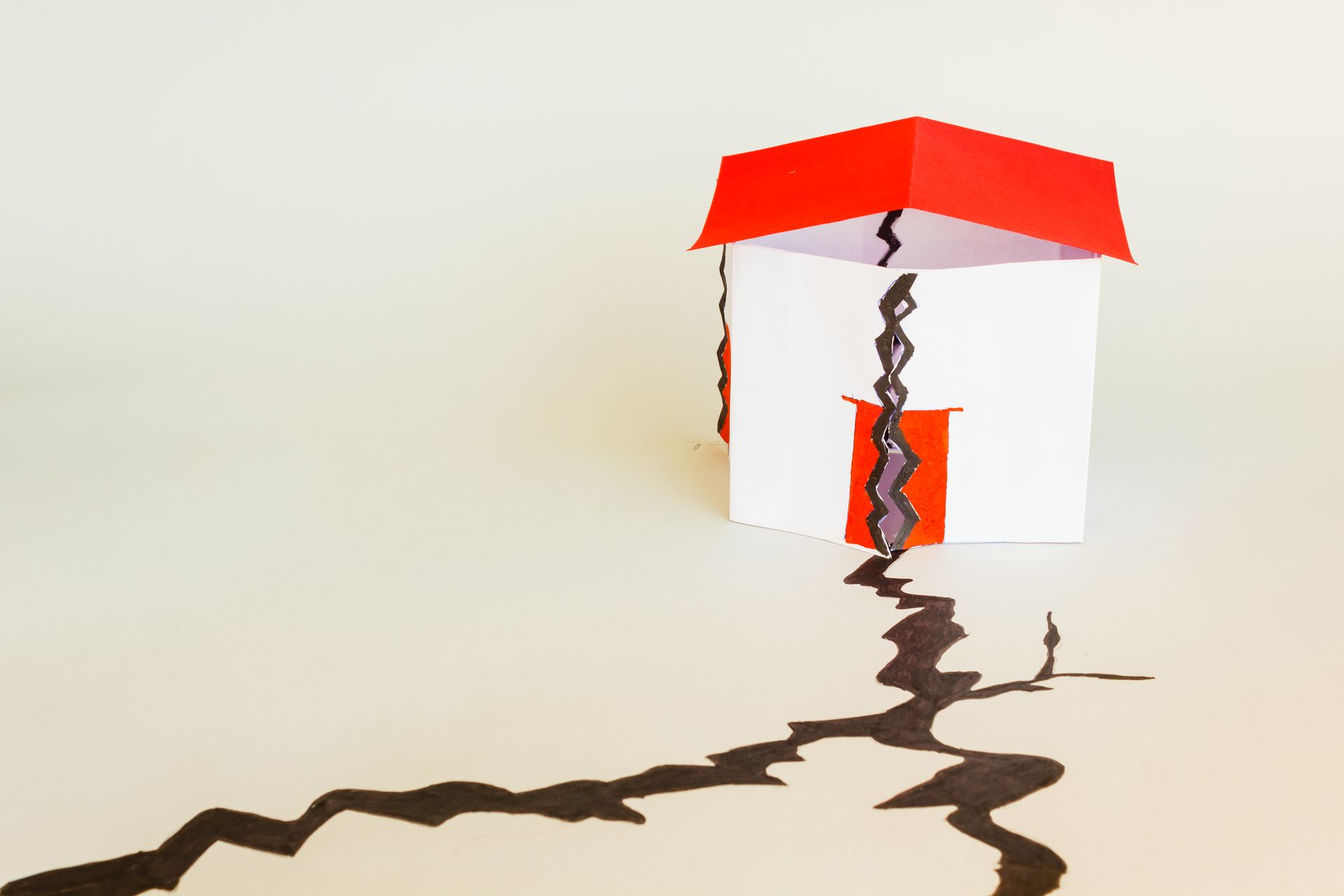Mastering Truss Installation: Essential Tips and Safety Practices
Truss installation is a critical step in building construction, requiring precision and adherence to safety standards to ensure structural integrity. Whether undertaken by experienced contractors or ambitious DIY enthusiasts, the process demands a solid understanding and implementation of established techniques. By following expert guidelines and safety protocols, one can achieve not only correct installation but also long-term stability and reliability of the truss structure.
Preparation and Planning
Before any physical work begins, thorough preparation and planning are indispensable. This initial stage involves reviewing the building plans and specifications to understand the exact requirements and dimensions of the trusses. It is also essential to check local building codes and regulations that may influence the installation process. Accurate measurements and a clear understanding of the layout will prevent costly mistakes and delays during installation.
Understanding Truss Types and Their Applications
Trusses come in various designs and sizes, each suited for different applications and load-bearing requirements. Common types include the King Post, Queen Post, and Fink trusses, among others. Knowing the specific type of truss and its application is crucial for selecting the right installation method and ensuring that the truss can support the intended loads.
Safe Handling and Transportation of Trusses
Trusses are large, cumbersome components that require careful handling to avoid damage. During transportation, ensure that trusses are securely tied down to prevent movement that could cause stress and warping. Onsite, use appropriate lifting equipment to move trusses into position. Never attempt to lift heavy trusses manually as this poses a significant risk of injury.
Installation Safety Protocols
Safety must be the top priority during truss installation. Adequate personal protective equipment (PPE) such as helmets, gloves, and safety shoes should be worn at all times. Additionally, because installation often involves working at height, proper fall protection measures must be in place. These include using safety harnesses, nets, or guardrails. Always check the weather conditions before starting work; high winds, rain, or lightning can make working at height dangerous.
Accurate Placement and Temporary Bracing
Positioning trusses accurately according to the architectural plans is vital for the structural integrity of the roof. Each truss should be aligned with marked locations on the top plate of the walls. Once a truss is in place, it must be temporarily braced to prevent movement that could lead to misalignment or collapse. Temporary bracing involves installing diagonal braces that stabilize the trusses until permanent sheathing and bracing are applied.
Securing Trusses with the Correct Hardware
Using the correct hardware is essential for securing trusses properly. This includes using the right size and type of nails, screws, and metal connector plates. Follow the truss manufacturer's instructions or consult with a structural engineer to determine the appropriate fasteners and connectors required for your specific truss type and load requirements.
Permanent Bracing Techniques
After all trusses are aligned and temporarily secured, permanent bracing must be installed. This includes longitudinal bracing along the length of the truss and lateral bracing across the trusses. These bracings help distribute loads evenly and add rigidity to the roof structure, preventing long-term deformation or failure.
Regular Inspection and Maintenance
Upon completion of the truss installation, conducting a thorough inspection is crucial to ensure everything is correctly installed and secured. Look for any signs of misalignment, improper fastening, or other potential issues that could affect the structure’s integrity. Moving forward, regular inspections should be performed to maintain the health of the roof structure, especially after severe weather events.
Equipped with actionable tips and adhering to safety practices, both contractors and DIY enthusiasts can master the complexities of truss installation. By ensuring each phase of the process, from planning and handling to securing and maintaining, is conducted with precision and safety at the forefront, the installed trusses will provide reliable support and stability for years to come. Maintaining vigilance and dedication throughout the installation will result in a structurally sound and secure roof, a critical component of any building.
Looking to ensure your next construction project starts off on the right beam? Trust us to provide you with the highest quality trusses and expert guidance on installation. Don't compromise on safety and efficiency. Contact us to discuss how we can support your construction needs and elevate your projects to the next level. Let's build something incredible together.

